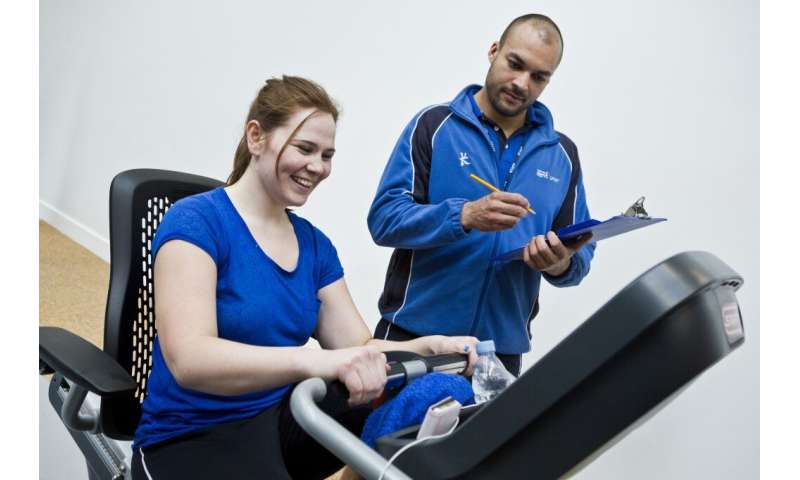
With many sports beginning to return to elite action (June 2020) as lockdown eases, many amateur and intermediate exercisers are also trying to reinstate more physical activity into their lifestyle following COVID-19 infection.
Dr. John Dickinson, a leading expert in respiratory problems at the School of Sport and Exercise Sciences, shares his advice for those looking to get back into exercise following infection. He said:
“If you have experienced a COVID-19 infection you may have some anxiety about participating in activities that require higher breathing rates and challenge you physically. These feelings are absolutely normal. If you have been symptom free for at least 10 days you can look to start engaging in physical activity. This is by no means a green light to jump straight back into any strenuous activities you have been engaged in pre infection. If you jump straight back into strenuous activity you heighten the risk of experiencing overtraining syndrome, injury and acute reduction in immune function. To reduce your risk to experiencing any of these, design a plan that will gradually build your fitness up over a 4-6 week period. Continue to review your status by guiding your return to activity by any symptoms your experience.”
Breathlessness during physical activity
“Individuals recovering from COVID-19 may experience breathlessness for some time after they are infection free. There are a number of reasons an individual may experience breathlessness during or after physical activity, including: respiratory disease (e.g. asthma), nasal disorders (e.g. Allergic rhinitis), laryngeal obstruction, weak inspiratory muscles and dysfunctional breathing patterns. If you have a respiratory disorder such as asthma is important you regularly use your preventative inhalers (e.g. brown or purple in colour) as directed by your medical practitioner.
“Weak inspiratory muscles can develop from a lack of engagement in physical activity. As you start to perform more activity the strength of the inspiratory muscles will return. You can also engage in inspiratory muscle training by using a device that puts a mechanical load on your inspiratory muscles as you inspire. Using these devices has been shown to improve inspiratory strength and exercise performance.
“Dysfunctional breathing patterns are common when individuals engage in challenging physical activity. Many respiratory experts have suggested they expect recovering COVID-19 patients to experience symptoms caused by dysfunctional breathing patterns. The development of a dysfunctional breathing pattern is complex and not fully understood, however anxiety, poor posture and inappropriate activation of accessory breathing muscles are all thought to contribute. Dysfunctional breathing patterns can result in limitation to physical activity intensity, early termination of activity and high perception of breathing effort during physical activity.”
Overcoming a dysfunctional breathing pattern
“At the University of Kent Respiratory Clinic we are investigating how individuals can overcome a dysfunctional breathing pattern. We have so far been able to identify that a good breathing pattern involves the abdomen, lower chest and upper chest moving laterally, forwards and upwards in a synchronised movement. By this we mean that as the abdomen expands so should the chest. Shoulders should be relaxed and only rise because of the movement of the rib cage. Focusing on lateral movements of the lower rib cage appears to initiate a good breathing pattern during low and high intensity forms of physical activity. Individuals should avoid forcing their breathing during activity, try to relax your breathing as the intensity of activity increases.”
Re-experiencing COVID-19 symptoms
Source: Read Full Article
